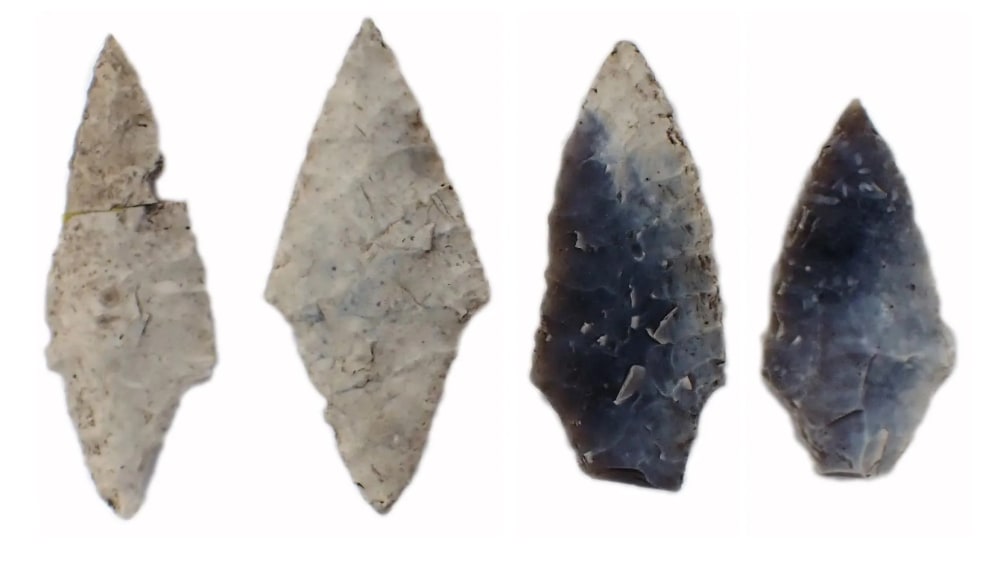"Man the Hunter" Debunked: Stone Age Graves Reveal Women With Toolkits

New Insights into Gender Roles in Prehistoric Burials
A groundbreaking study published in PLOS One on September 10, 2025, has revealed that women and children were just as likely as men to be buried with stone tools at the Zvejnieki cemetery in northern Latvia. This discovery challenges long-standing assumptions about gender roles in Stone Age communities and suggests that the traditional view of "Man the Hunter" may not be entirely accurate.
The research, led by Aimée Little from the University of York’s archaeology department, examined tools that were previously considered purely utilitarian. The findings indicate that these objects played a significant role in funerary practices, regardless of the individual's gender or age.
A Major Archaeological Site
The Zvejnieki cemetery, located on the shores of Lake Burtnieki in northern Latvia, is one of Europe’s largest Stone Age burial sites. It was used by the community from approximately 7500 to 2500 BCE, providing a unique glimpse into prehistoric beliefs and rituals. Archaeologists have uncovered the remains of 330 individuals, offering valuable data on how people lived and died during this period.
Researchers cataloged various stone tools, including blades, flint flakes, knives, scrapers, and other chipped stone artifacts. Using microscopy in Riga, they analyzed how these objects were made and used. More than half of the tools showed no signs of wear, suggesting they were newly crafted for burial. Some were deliberately broken before being interred, indicating their role in funeral rites. Others bore evidence of everyday use, such as animal processing, woodworking, leather working, and cutting.
Inclusion of All Age Groups
Young children and the elderly were among the most frequently buried with stone artifacts. Anđa Petrović of the University of Belgrade emphasized that these findings challenge the assumption that only men were associated with such items. “This research demonstrates that we cannot make these gendered assumptions and that lithic grave goods played an important role in the mourning rituals of children and women, as well as men,” she said.
Across the eastern Baltic region, many Stone Age burials contained broken tools, pointing to a shared ritual tradition where tools were symbolic rather than solely functional. The study also identified a chronological shift at Zvejnieki: older graves from the 6th–5th millennia BCE in the northwestern sector had few or no lithic tools, while from the 4th millennium BCE, the southeastern sector saw an increase in tools alongside more elaborate rites, such as clay masks, collective burials, and heavier use of ochre. Tools stained with ochre and those used to work clay were part of the final rites.
Reevaluating Previous Assumptions
Earlier studies at Zvejnieki focused on ornaments made from teeth, bone, and amber as markers of social identity, often relegating chipped stone tools to a utilitarian category. However, the new analyses suggest that these objects held deeper significance in funerary rituals dating back at least five millennia.
Individual burials illustrate this pattern. Around 6,000 years ago, a young woman in grave 211 was laid to rest with a stone ax, 28 flint flakes, 15 blades, and a stone scraper—45 stone objects in total. Another girl from grave 207 was placed at the center of a funerary arrangement that included the highest number of bifacial points at the site (seven points), additional tools (16 flakes, six scrapers), and a votive deposit of bones, teeth, tusks, and amber.
A Legacy of Discovery
The modern discovery of the Zvejnieki site began in 1964 when workers at a gravel quarry on the lake’s northern shore uncovered a human skull. The quarry closed, and archaeologists conducted excavations from 1964 to 1978, followed by another major campaign from 2005 to 2009.
The Stone Dead Project, which aimed to uncover more about the lives and deaths of Europe’s earliest communities, highlights the importance of even the simplest objects in understanding our shared human past. As Little noted, “Even the seemingly simplest objects can unlock insights about how people responded to death.”
Post a Comment for ""Man the Hunter" Debunked: Stone Age Graves Reveal Women With Toolkits"
Post a Comment